With FNB Art Joburg in full throttle this week, it feels like the right moment to reflect on South Africa’s place in the global art market and what it takes to be an artist in our complicated landscape.
In many ways it has been a stellar few years for South African artists on the international stage. Visual activist-photographer Zanele Muholi had a major show at London’s Tate Modern last year and has been part of Documenta 13, the São Paulo Biennale and Centre Pompidou. Posthumously, Gerard Sekoto and George Pemba made their Venice Biennale debuts in 2024 and performed strongly at Strauss & Co’s auctions. Marlene Dumas made headlines in May when her painting Miss January sold for $13.6m at Christie’s – setting a new auction record for a living female artist.
Behind these triumphs lies a complex web of galleries, dealers, curators, collectors and academics, all shaping an artist’s growth and market value. Creating art is just the beginning. Selling art demands mastering the ecosystem that keeps your name and work in the spotlight.
Events like the 18-year-old FNB Art Joburg, the increasingly dominant Investec Cape Town Art Fair and the RMB Latitudes Art Fair have become key stages where this system is on display. Latitudes alone hosts more than 50 exhibitors working with over 200 artists and it is the newest of these gatherings, also held in Joburg. For many observers, these fairs prompt two questions: what makes a successful selling artist, especially from South Africa? And how does one achieve blue-chip status?
At the same time, these events don’t exist in isolation. The global art market reached approximately $57.5bn in 2024, a 12% decline from the previous year. Yet the number of transactions actually increased by 3%, to about 40.5-million, suggesting that while the very top end of the market cooled, activity in more accessible segments grew.
African art, by contrast, is projected to hit $1.5bn in 2025 – a dramatic leap from just a decade ago. This divergence between contraction at the apex of the global market and expansion in Africa and other new regions may mark an inflection point. The era of stratospheric record prices for a handful of artists could be giving way to a broader, more distributed art economy, where new collectors, new geographies and new mediums reshape the definition of value.
The gallery and the artist: the most important relationship
Art consultant Makgati Molebatsi – founder of her namesake consultancy and project lead for the South African pavilion at the 2024 Venice Biennale – has spent more than 25 years in the industry. Her experience spans board roles, curation, mentoring and auction house leadership. She emphasises that an artist’s growth begins with their gallery. “I’m always saying to artists, you should have KPIs – key performance indicators – when going to a gallery. It’s important when approaching a gallery to state what you would like to see happen and provide a timeline, and they should be able to tell you what they would like to see happen.”
She is wary of purely commercial group shows that offer little more than exposure. “That doesn’t help the artist much, hence I emphasise doing solo shows for artists,” she says. Solo exhibitions, she argues, instil volume, context and identity, while strong curatorial support – backed by scholarly writing and institutional engagement – builds value far beyond immediate sales. One crucial step, she adds, is the commissioning of substantial essays on an artist’s body of work by significant writers or curators with deep field knowledge. These texts become part of the critical record and help secure institutional recognition.
Visibility also matters. “Somewhere in your career trajectory, you should be noticed by significant curators who will include you in institutional exhibitions, because that contributes towards an artwork’s value.” This, she argues, should include both mainstream media and specialist art journals, which together shape the perception of an artist’s career.
Muholi is a prime example of an artist who has mastered the integration of practice across all sectors, from institutional exhibitions to critical publications.
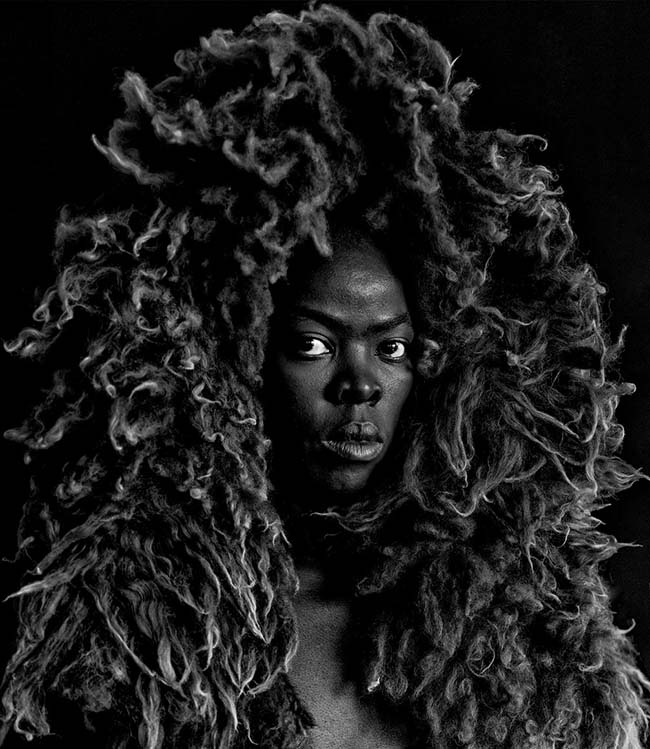
Molebatsi praises the Gagosian Gallery for its structured approach to artist care. “This gallery builds solid relationships with artists, and it all starts with their staff – people who specialise in specific roles. Their curators aren’t salespeople; their focus is on curating the show and ensuring that, as an artist, you stay top of mind for museum directors and biennale curators.”
There are certainly some South African galleries that follow this model, but some are so small that it’s practically impossible, with few staff wearing multiple hats.
Other voices are equally attuned to the shifts taking place in the South African art scene. Lawrence Lemaoana, co-founder of Occupying the Gallery, believes the foundations of the art world are undergoing a seismic shift. “A growing resistance is emerging – both within and outside the industry – against traditional modes of operation,” he says. He notes the rise of mobile galleries that bring art outside traditional hubs, even if they are often excluded from established art fairs.
For Lemaoana, collectives offer another promising model. “Within these groups, individuals take on distinct roles that support and protect one another. This collaborative approach not only safeguards the integrity of each artist but also fosters a more equitable and sustainable ecosystem for all involved.” Yet he is candid about the realities: “Exploitation remains a persistent issue at every stage of an artist’s career, and it is deeply embedded in the industry’s structure.”
He underscores the power of galleries as taste-makers. “I experienced this first-hand when a local art gallery priced one of my pieces at around a modest R8,000 per embroidered kanga. However, when I started to work with the late gallerist and friend Henri Vergon, who had strong ties to French collectors, he was able to recalibrate the pricing by converting it from rands to euros without losing the zeros, thereby unlocking greater value and visibility for my work abroad.”
A mirror of society
While South Africa’s art-buying scene is growing, it remains small and is heavily shaped by wealth inequality. A handful of top collectors dominate, while broader public engagement with the market remains limited. This dynamic mirrors South Africa’s wider socioeconomic divides and means that many artists still struggle to find sustainable support at home.
Historically, those divides were sharpened by apartheid-era isolation: sanctions restricted freedom of creation, many artists – among them Dumile Feni, Thamsanqa Mnyele and Sekoto – worked in exile, and it was only in 1995 that the country hosted its first Joburg Biennale. In that context, the fact that South Africa now leads the continent’s gallery and fair scene is all the more striking.
Art Basel and UBS report that Africa has increased its number of annual art fairs from five to six, with African galleries steadily gaining visibility at the likes of Art Basel, the Frieze, Art Dubai and The Armory Show. Dedicated events such as 1-54, ART X Lagos, Investec Cape Town Art Fair and RMB Latitudes continue to expand. In 2025, a new addition joined the circuit, Africa Basel – a satellite fair launched during Art Basel week – underscoring how African art has become central to global conversations.
The rise of the African art market reflects wider shifts in the industry. Technology, younger global collectors and a push for greater regional diversity have brought attention not only to South African artists but also to East and North African practitioners such as Michael Armitage and Hassan Hajjaj.
FNB Art Joburg embodies both the glamour of a globalised art market and the energy of an emerging ecosystem that is increasingly shaping its own destiny. Over the next few days of the fair, the themes shaping the global market and the complexities of being someone trying to get ahead in this world are vividly on display in the City of Gold.
Top image: Artjoburg.com.
Sign up to Currency’s weekly newsletters to receive your own bulletin of weekday news and weekend treats. Register here.




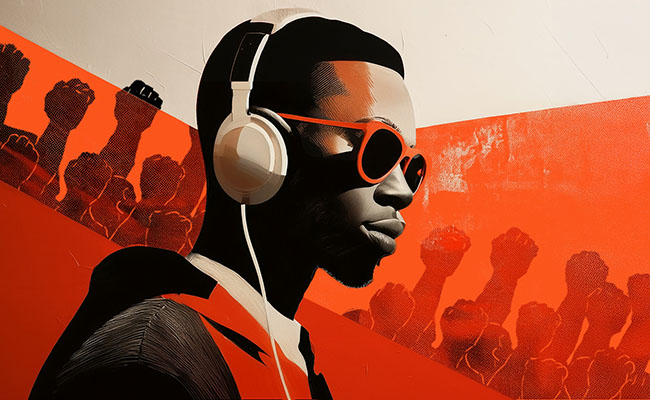


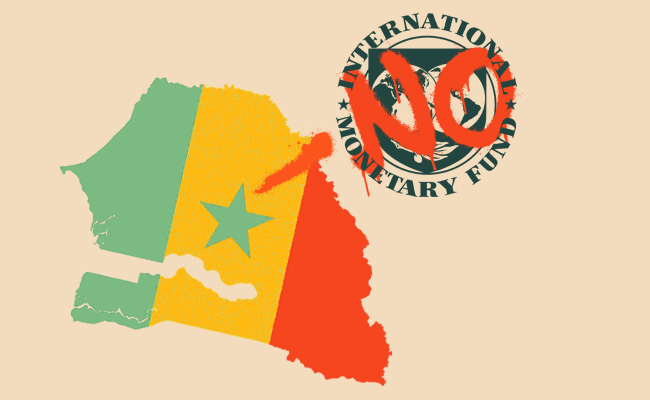
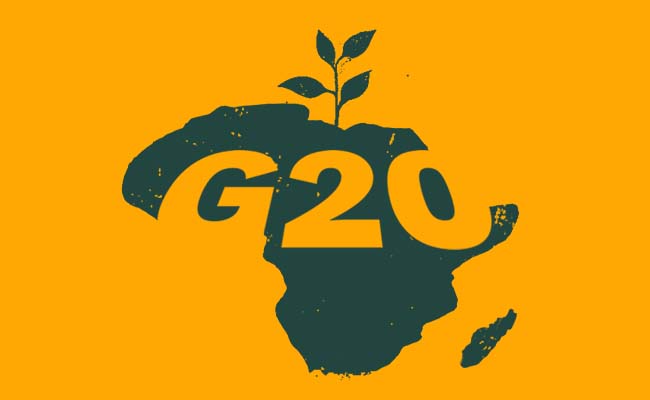
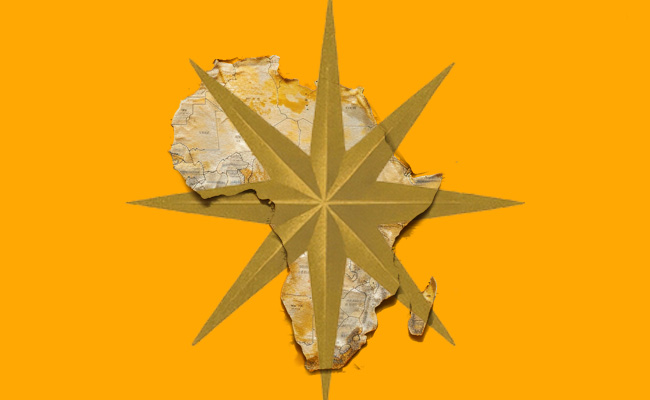




This is a glorified and not very accurate report on the art world, particularly regarding art fairs. Ask any of the dealers (of the smaller galleries) how much they’ve sold and they’ll tell you (if they’re honest about it) that they’re happy to break even. And even that is a push, because participating in one is a very expensive affair. In fact, there are many in the art world that are turning away from the art fair model that has dominated in the last two decades. Galleries, once the life blood of the art world, are closing their doors by the dozen, while art fairs are rolling in it. This has had major implications (for artists) in a system that has been working for at least a century. Do some proper research in this area.
Another lazy statement is the inequality one: Black, coloured & Indian millionaires are at least equal in number to white ones in the country today. And the black middle class outnumbers the white one by half. The difference lies in what they buy. These are the target markets of art fairs (and galleries). That should be another interesting study.
This is a glorified and not very accurate report on the art world, particularly regarding art fairs. Ask any of the dealers (of the smaller galleries) how much they’ve sold and they’ll tell you (if they’re honest about it) that they’re happy to break even. And even that is a push, because participating in one is a very expensive affair. In fact, there are many in the art world that are turning away from the art fair model that has dominated in the last two decades. Galleries, once the life blood of the art world, are closing their doors by the dozen, while art fairs are rolling in it. This has had major implications (for artists) in a system that has been working for at least a century. Do some proper research in this area.
Another lazy statement is the inequality one: Black, coloured & Indian millionaires are at least equal in number to white ones in the country today. And the black middle class outnumbers the white one by half. The difference lies in what they buy. These are the target markets of art fairs (and galleries). That should be another interesting study.